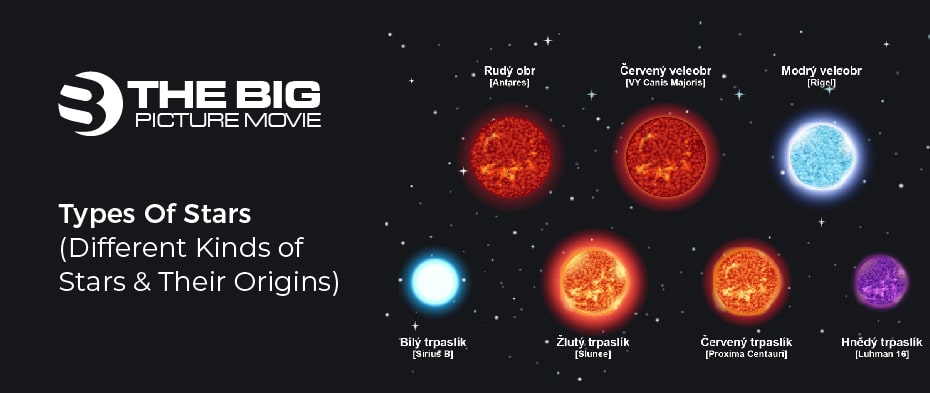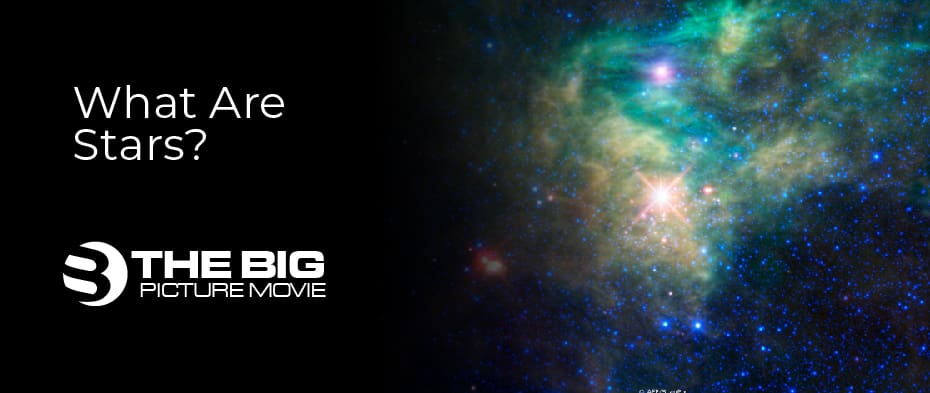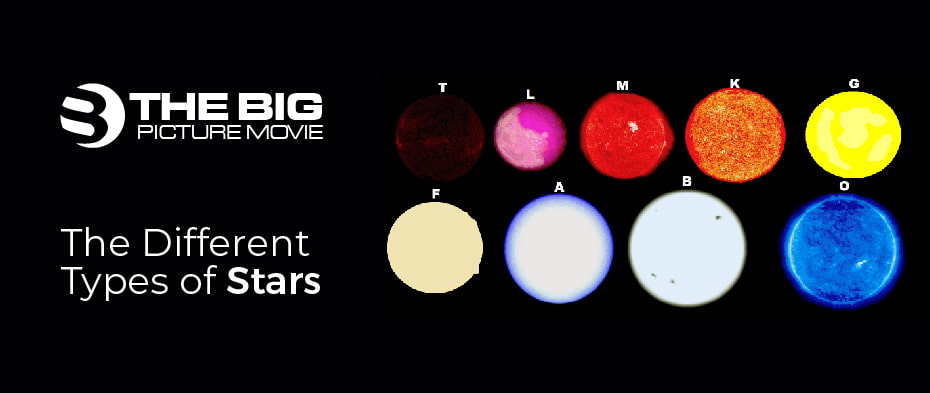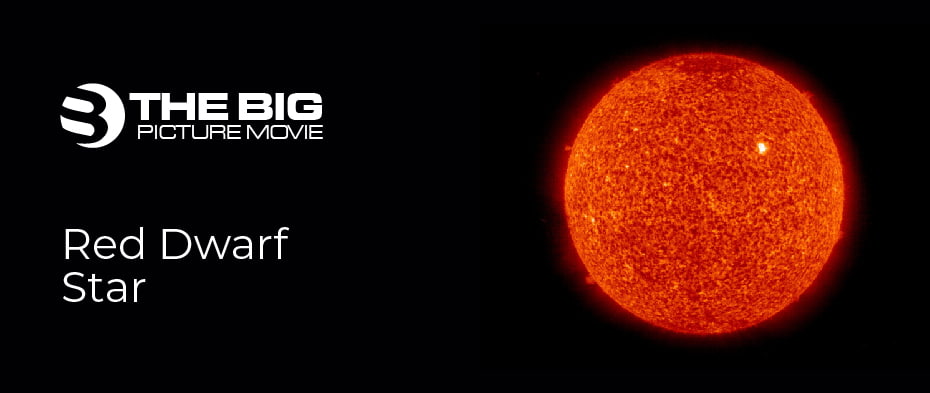
Types Of Stars (Different Kinds of Stars & Their Origins)
There are different types of stars that twinkling pinpricks the light in the sky at night. Of course, we can see the stars with the eye and enjoy the sky scenario, but one thing that comes to my mind is that our Sun is a star but different from the other, and it misleads us well. But this is a scientific reason why stars have different colors, sizes, and brightness because it depends on the star’s life cycle, and everyone can enjoy the star scenario in reality at night.
When we talk about the star, brightness and color are the most important factor in it. This is because we know very well when something is far away from us, like the brightness of the Sun. Because it is hard to see and judge. In addition, you can see color for yourself by using a telescope, binoculars, or cardboard tube to block off the stray light. And focusing on the star itself will help you find it.
Many online tools (such as the object search at In-the-sky) can help you figure out where to look for a specific star from your location and at what time of day you are awake. Here we discuss the following various type of stars, so read on and enjoy more!

What Are Stars?
We all know well about the stars and see them clearly in the nights as twinkling and pinpricks of lights in the sky. But, on the other hand, stars are part of countless poems, stories, songs, and nursery rhymes. But the point is – what are stars.
The different types of stars are the dazzling balls of gas made of hydrogen and helium held together by gravity. Among the stars, the Sun is the closest star to Earth. In addition, nuclear fusion reactions assist it against gravity and produce photons and heat as well as quantity of heavier elements.
What is the Origin of Stars?
The star formation theory suggests that stars are formed by clumps within massive gas clouds that collapse inwards on themselves. The substance of the cloud heats up as it falls under the gravity of the cloud.
The origin of stars starts when the gas reaches about 18M Fahrenheit. Then, hydrogen nuclei begin to fuse into helium nuclei, and the star is born. In addition, nuclear fusion energy spreads outward from the rising star and allows slowly collapse with the gas cloud.
The Different Types of Stars
When you see the sky at night, you will see a different type of star there. A clear star night gives the impression that most stars are cool and blue stars that would classify under the category of A class or B class of star family. However, the star’s main sequence is a red dwarf, the most common type of star found in our Universe.

The Sun is a main-sequence, G-type star, but most stars in the Universe are cooler and have lower masses. In fact, a majority of the main-sequence red dwarfs are too dim to be seen with the naked eye from the surface of the Earth. Compared to other stars, the red dwarfs burn slowly and allow them to live for a long time.
The most common stars in the Universe are main-sequence red dwarfs, but there are seven other kinds of stars as well. The following is a list of the types of stars in our Universe.
-
Protostar
A protostar is a gaseous clump that has collapsed from a molecular cloud. It takes around 100K years in order to come in the phase of stellar evolution. When gravity and pressure increase over time, protostar collapses directly by force. All of the entire energy output is derived solely from the heating induced by the gravitational energy, and no nuclear fusion reactions have yet taken place.
-
T Tauri Star
T Tauri stars are at the stage of star formation and evolution right before they become main sequence stars. This phase occurs at the end of the protostar phase when all of the star’s energy is produced by the gravitational pressure holding it together. T Tauri stars do not have enough pressure in their core to ignite nuclear fusion, although they have a strong resemblance to main-sequence stars. Their temperature is about the same, but they are brighter due to their bigger size. T Tauri has large sunspot coverage areas, intense X-ray flares, and mighty Steller winds. T Tauri stars are expected to remain there for about 100 million years.
-
Main Sequence Types of Stars
The main sequence stars are the central part of the galaxy, and the Sun is the Sun in the Universe. However, the nearest neighbors are the Sirius and Alpha Centauri A, which vary in size, mass, and brightness. Nevertheless, they do a similar type of work. It means these stars convert hydrogen into helium in their cores and release a monumental amount of energy.

When stars in the main sequence are in the hydrostatic equilibrium state. Gravity pulls these stars inwardly, and the fusion reactions’ light pressure pushes them outward. As a result, the inward and outward forces of the star balance each other, and the star maintains a spherical shape. However, The size of stars in the main sequence is determined by their mass, which determines how much gravity pulls them inward.
-
Blue Types of Stars
Blue stars are hot and massive stars found in active star-forming regions and the arms of spiral galaxies. The reflected light of these stars illuminates the dust and gas clouds surrounding these areas, making them appear blue. In addition, the evolution system of these stars is more difficult to predict due to the mass transferring of stars. There is a possibility that different stars in the system could become supernovas at different times because they have relatively short lives.
The spectra of blue stars mainly consist of strong helium-II absorption lines. And the hydrogen and neutral helium lines in their spectra are quite weak compared to the B-type star. As a result, the creation result of blue stars, either black holes or neutron stars.
-
Red Dwarf Star

The most common part of the galaxy is red dwarf stars. These are the main sequence types of stars, and much hard to see them. They are much cooler because they have a lower mass than stars like our Sun and live longer for billions of years. Their faint appearance is due to the cooler state in which they exist.
The hydrogen fuel in red dwarf stars can mix into their core for a much longer period. So that the stars can conserve their fuel. The closest red dwarfs to us are probably Proxima Centauri and Barnard’s Star, but neither can be seen with the unaided eye. Whenever you have access to see anyone star, then you can see Bernard’s star with a small telescope.
-
White Dwarf Star
A white dwarf star is a huge and hot crystal. That is supported by the wonders of quantum physics rather than its heat. This star is similar in size to our Sun becomes collapsed into a new type of object. When it burns out all the material, it can hold. Since these stars are so tiny and radiate a lot of light in the ultraviolet spectrum – they can be challenging to spot in our skies.
If you want to see the brightest star in the sky at night, you will have to wait for the winters. Nowadays, it is the winter season so you can see the stars. When you see the star, the white dwarf is a bright and huge hot blue star. In addition, this star surrounds and orbits around imperceptibly because it is a hidden dwarf companion.
-
Neutron Types of Stars
The collapsed core of giant stars, which is between 10 & 29 solar masses, compressed past the white dwarf stage after a supernova explosion are known as neutron stars. The neutron star is formed from the leftover core, which is heavy than the proton but doesn’t have an electrical charge.
A phenomenon is known as “neutron degeneracy pressure” supports neutron stars against their mass. Protons and electrons are smashed together to generate neutrons by the neutron star’s strong gravity. According to research, In the event of a supernova, massive stars will become black holes instead of neutron stars.
Closing Thoughts
A star is a dazzling ball of gas made of hydrogen and helium held together by gravity. Among the stars, the Sun is the closest star to Earth. According to star theory, there are differences in color when you look up at night in the sky, but they all are generally the same as a big ball of gas. This article described the different types of stars that range from tiny brown, red and blue dwarf supergiant and how the star origin.
